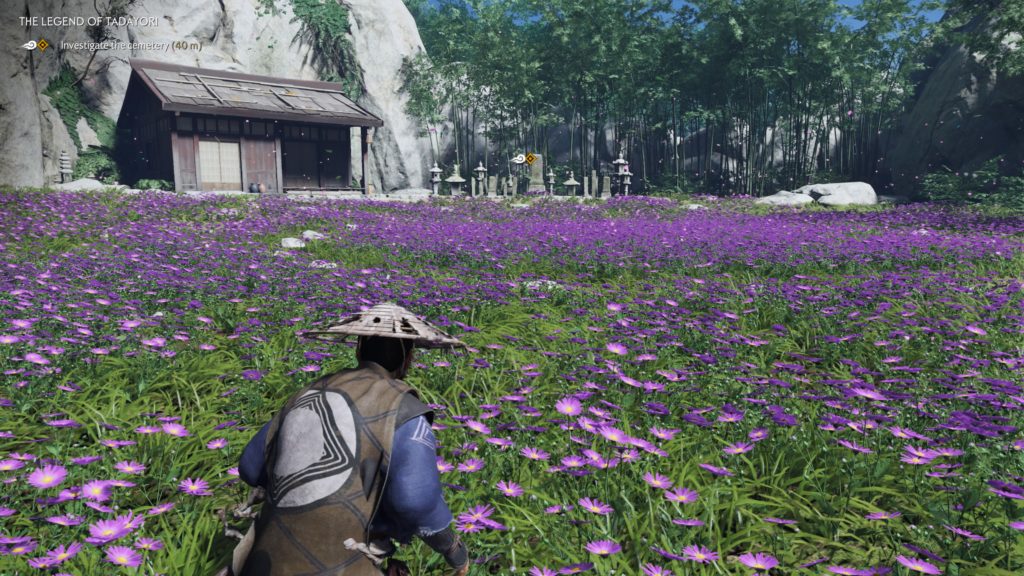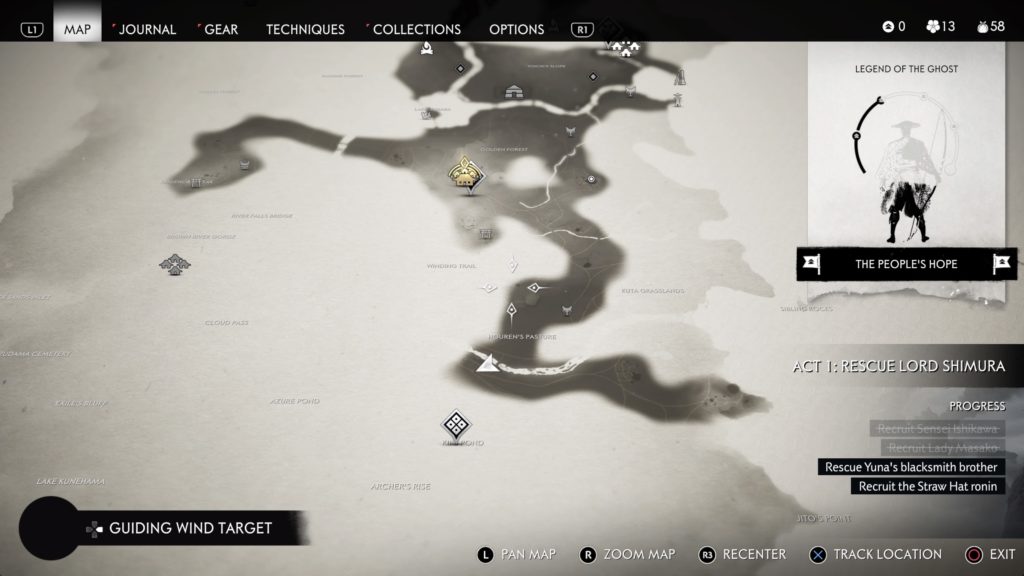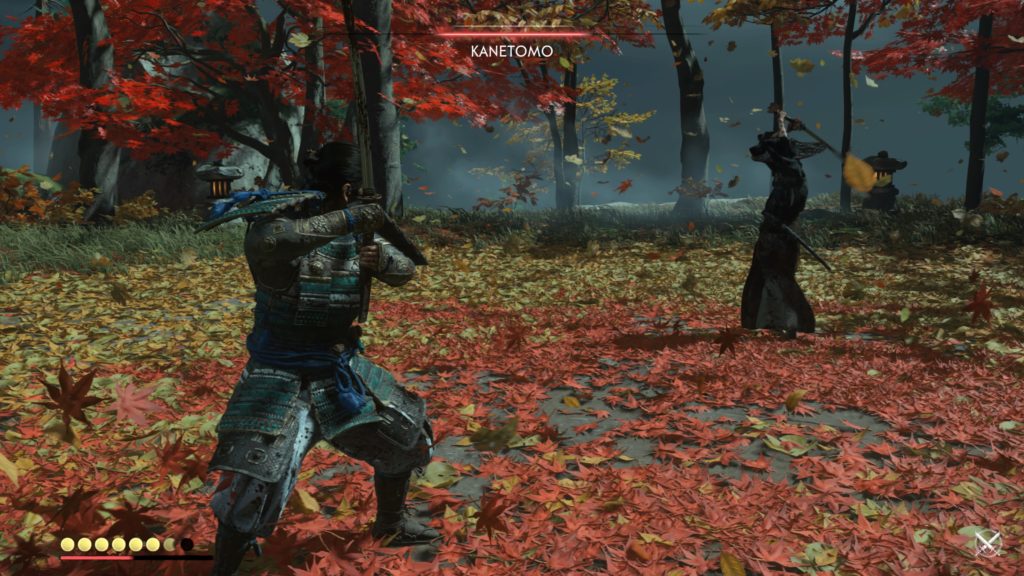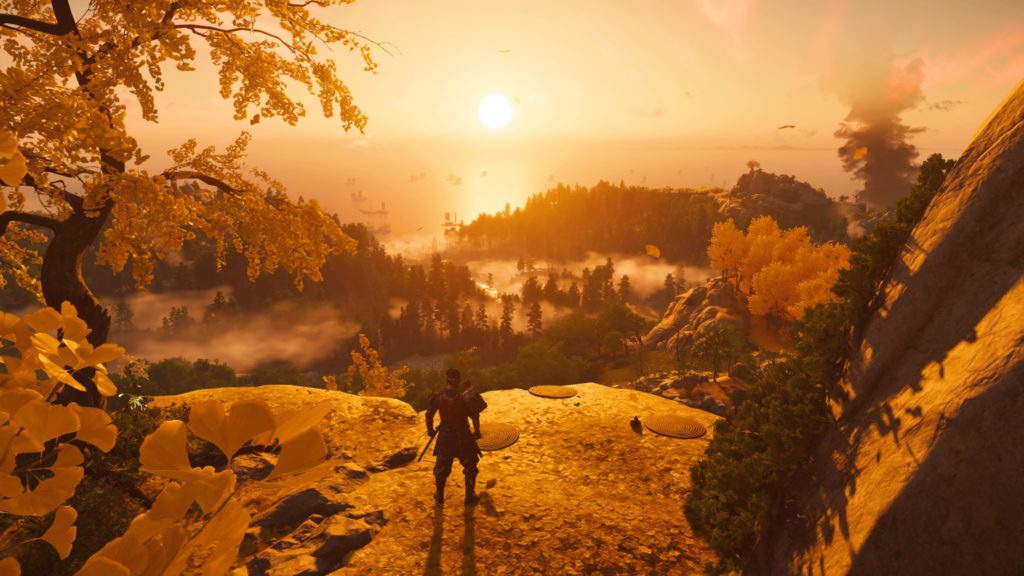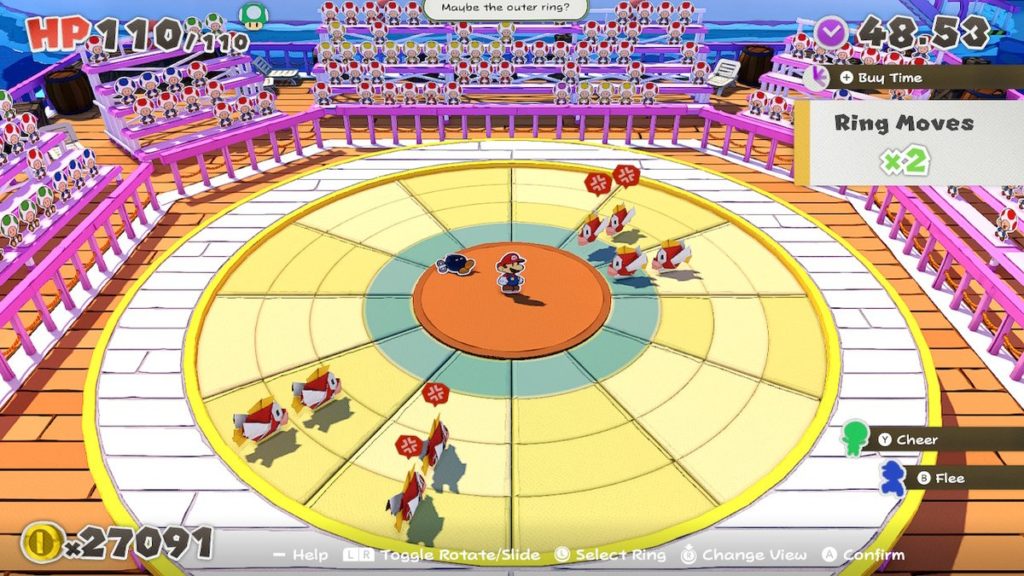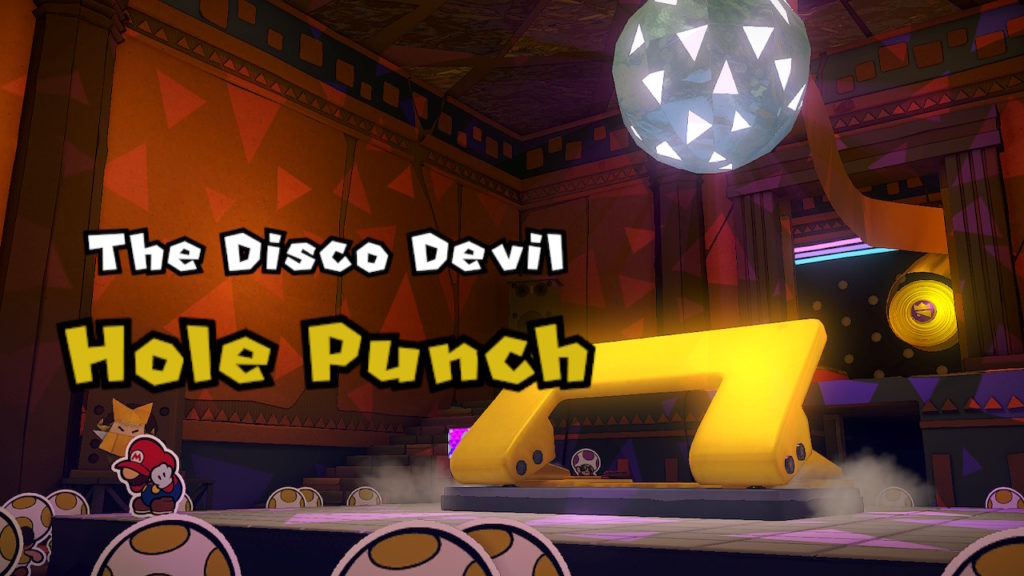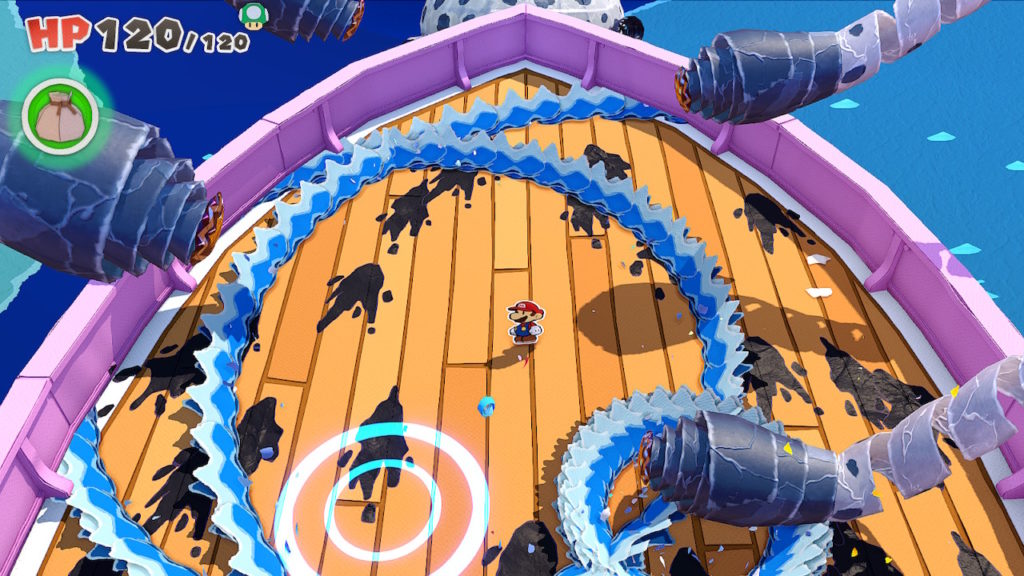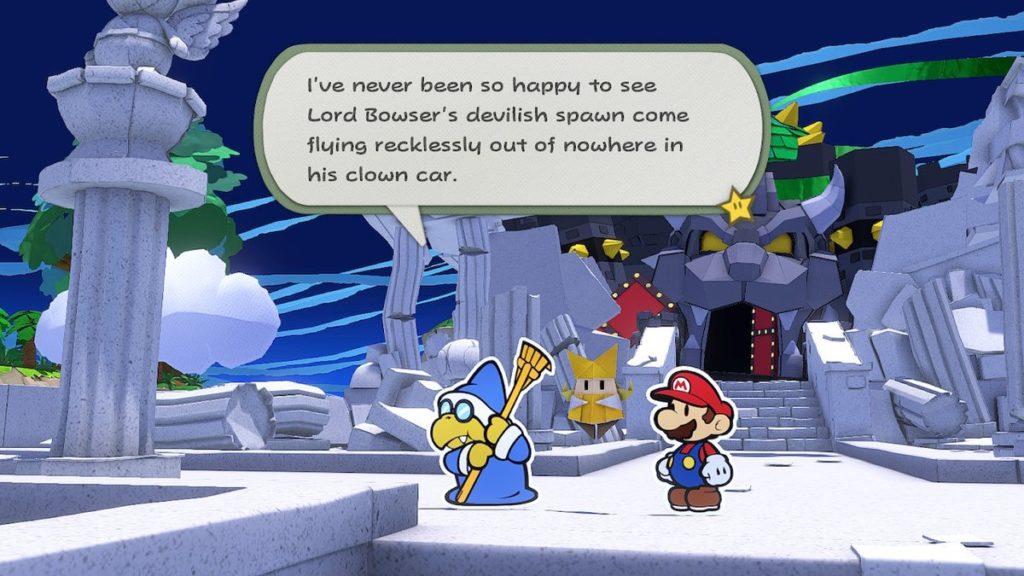- Genre: Platformer
- Platform: Switch
- Originally Available On: N64, Gamecube, and Wii
Replaying these three all at once is an interesting experience. They’ve each got their quirks, and to some extent some have aged better than others, but there’s still a lot to like here 15-25 years later. There’s a common mechanical thread that you can see through each of them and you can see the lessons learned in how the next game has improved. That process of iteration gave us three great games, and ultimately led to Super Mario Odyssey, which is arguably the best of the 3D series.
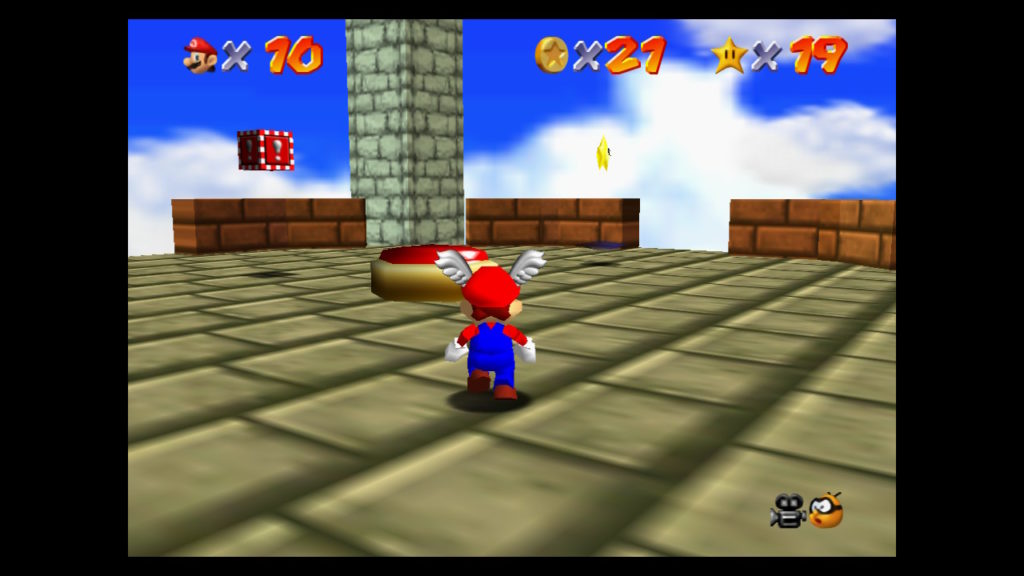
Of the three, Super Mario 64 has aged the worst. That’s not to say it’s a bad game, but it definitely feels like a 25 year old game. Mechanically it ends up just feeling kind of stiff. All of the new 3D moves are there – your triple jump, side somersaults, wall jumps, ground pound – but they aren’t quite there yet. Jump distance is still a little too dependent on your speed, the threshold for side somersault is still a little too tight, the difference between diving forward and doing a jump kick is still a little too vague, but the thread is there to future games.
The biggest problem at this point for Mario 64 is the camera though. It’s just not good. It wasn’t particularly good when it came out, and compared to modern 3d platformers it’s pretty rough. The mix of some camera control for the player and some forced rotation from the level just feels really bizarre. The games that do it best today are ones that either go full player control or full level control and stick to making those feel smooth. To some extent though, I think it’s hurt by playing on a modern gamepad. Playing on the N64, the different levels of camera depth and direction at least felt correct in that you press a button and a single action occurs. On a stick, there’s a large mental hurdle to get over when holding the stick off to the side doesn’t just smoothly rotate the camera. I don’t particularly care that they didn’t go actual remake on this one from an aesthetic level, but having the camera redone as a modern camera would go a long way to improving on the game as it exists.
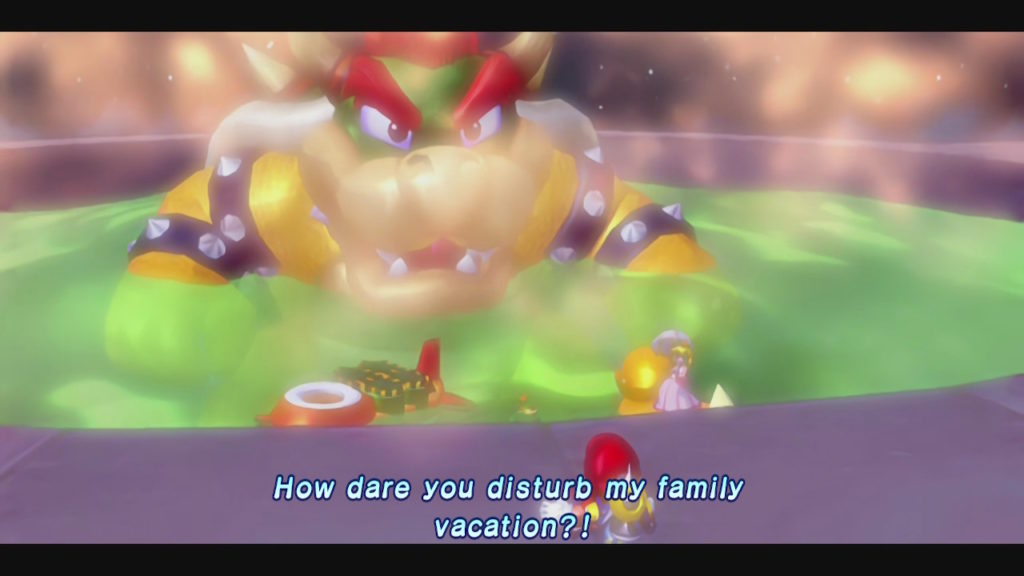
Sunshine is where things start to really age better. The mechanics are just that little bit tighter across the board to where actions do what you want consistently without being either too loose or too tight on their requirements. The level goals are a little bit more clear, with a nice introductory cutscene before you start off giving you some clue as to where to head. The levels themselves also have a lot more variety, since each goal is tailored to the specific star, rather than having a sandbox level to get any star at any time.
On the other hand, there are definitely some things where it hadn’t quite reached modern smoothness. Kicking the player out of a level into the hub when they die instead of resetting the star is a weird point of friction to the experience that carried over from 64. The lack of checkpoints is similarly unfortunate, especially given they have checkpoints at the start of the handful of areas where they take away your water pack. This one is especially weird because giving more checkpoints would have allowed them to increase difficulty throughout instead of having sort of low difficulty with longer segments. As a whole though, Sunshine is still a really fun and really playable game.
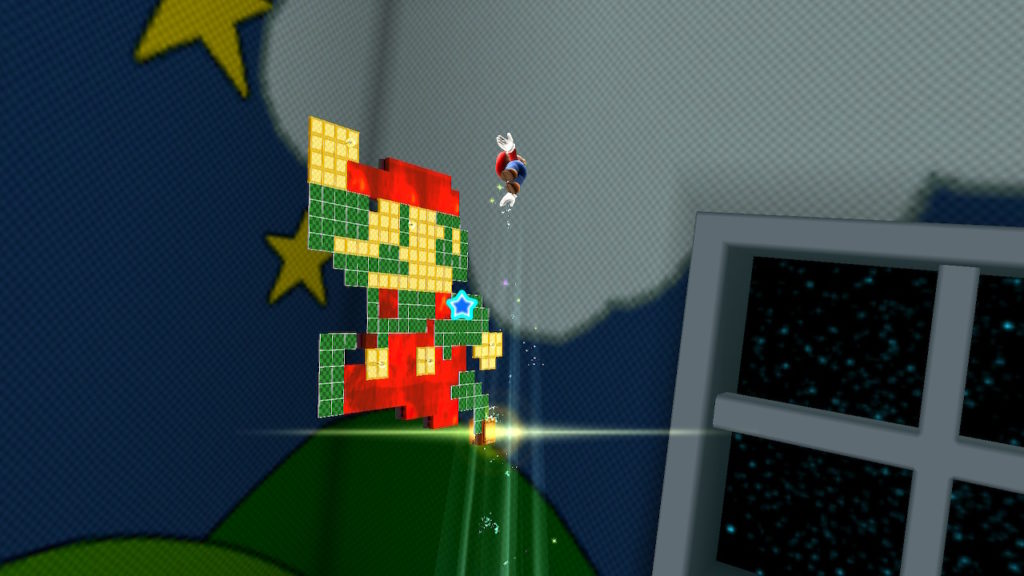
Galaxy is where it all comes together. If this game came out today instead of 10 years ago, it would still be an instant classic. Mechanically, it’s extremely tight, having reached the peak of iteration on the core 3D mechanics at that point. Lives became so abundant that the stale mechanic of game over became near impossible to hit, which ultimately led to lives going away in Odyssey. There’s checkpoints all over, letting each segment of a goal be more interesting on its own, rather than having to be smooth enough for the player to marathon through the entire thing. The gravity manipulation added on top of it is still engrossing, and it’s something I wish we’d have seen used more often in the years since. Playing through this is one of the few times in recent memory that I’ve played a remaster or emulated port that I simply fell into, rather than seeing the warts.
It was also surprising to me how easily the Wii pointer controls moved over to the Switch Joycon. The pointing isn’t 1:1, but it still feels extremely natural. Given they also have a reset button, it’s also comfortable, which is a huge change. You find a comfortable resting point, hit the pointer reset button, and you’re good to go. The sort of flicking motions you do to grab stars is extremely natural, and now that the spin jump is on a button, you don’t accidentally do that all the time either. It’s a minor change to the overall gameplay, but it goes such a long way to improving the experience over the original.
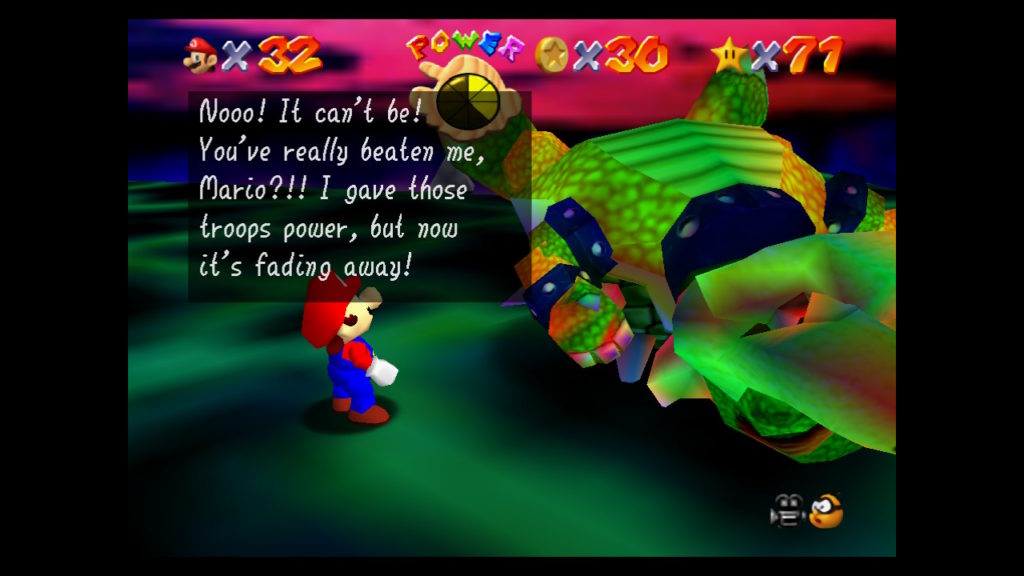
When playing these, it’s easy to see how much Super Mario 64 influenced the future for the Mario series. The move set alone is in everything Mario related at this point. Triple jump, wall jump, and side somersault are instinct moves in Mario games, and not just in 3D. The New Super Mario Bros games inherited just as much of the bloodline of Mario 64 as it did Super Mario Bros 3. These games were hugely influential on release, and are just as worth playing now.
Would I have liked to see Nintendo do something more than an emulated port for these? Sure. Am I disappointed that we got these anyway? Not at all. Playing through these games is still a treat, even with some of the age spots that are showing on them. There’s been a lot of 3D platformers in the 25 years since Super Mario 64 came out, and the three in this package are still right up at the top of the list in terms of their pure playability. Having them in one spot, and more importantly, having them easily on the go is a great package to have out there, regardless of how little things have changed.


